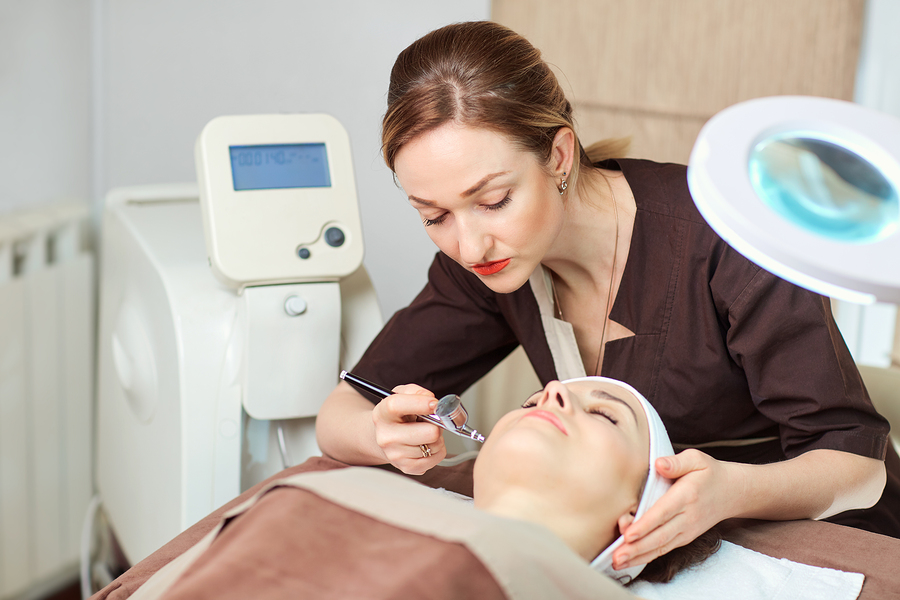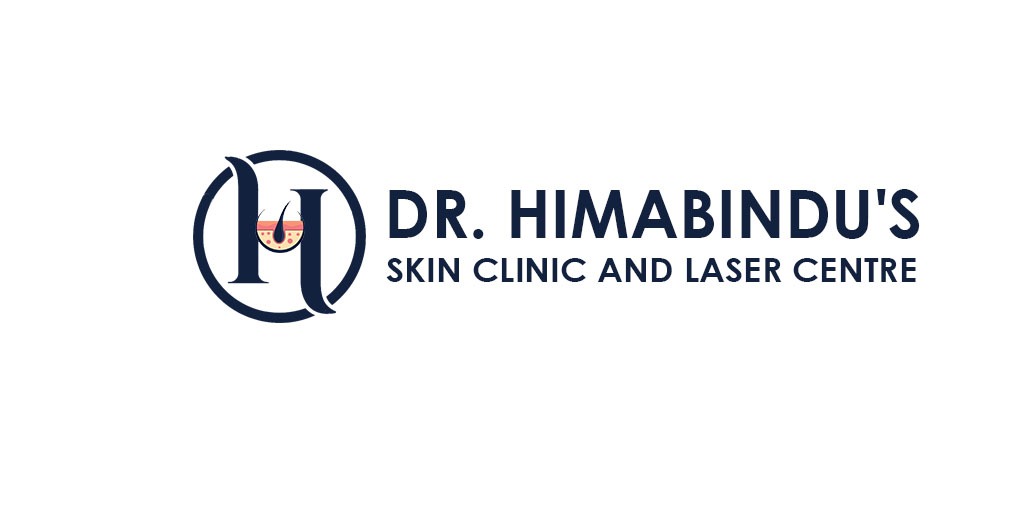Dermato Surgeries
Dermato Surgeries

Cyst Excision
Cyst excision is a medical procedure performed to remove a cyst from the body. A cyst is a closed sac-like structure that can be filled with fluid, pus, or other substances. The procedure is usually done by a qualified healthcare professional, such as a dermatologist or a surgeon, and involves the following steps:
Local anesthesia: Before the excision, the area around the cyst is numbed using a local anesthetic to minimize pain and discomfort during the procedure.
Incision: The healthcare professional makes a small incision over the cyst to gain access to its contents.
Removal: The cyst and its contents are carefully excised or removed from the surrounding tissues.
Closure: Depending on the size of the incision, it may be closed with stitches, adhesive strips, or left open to heal on its own.
Dressing: A sterile dressing is applied to the site to protect it from infection and promote healing.

Ear lobe Repair
Earlobe repair is a surgical procedure performed to correct a torn, stretched, or damaged earlobe. The procedure is typically done by a plastic surgeon or a dermatologist and involves the following steps:
Anesthesia: Local anesthesia is administered to numb the earlobe, ensuring a pain-free procedure.
Preparation: The surgeon carefully trims and cleans the edges of the torn or stretched earlobe.
Closure: The surgeon then uses sutures or stitches to meticulously bring together the edges of the earlobe, restoring its natural shape and contour.
Dressing: After the repair, the earlobe is covered with a sterile dressing to protect it and aid in the healing process.

Ear piercing
Ear piercing is a common practice of making a small hole in the earlobe or other parts of the ear to insert jewelry, such as earrings. It is a form of body modification and a popular cultural and fashion choice for many people worldwide.
Here are some key points to consider about ear piercing:
Safety and hygiene: It’s essential to get ear piercings done by a professional piercer using sterile equipment and following proper hygiene practices to minimize the risk of infection.
Placement: The location of the piercing is crucial. The standard earlobe piercing is relatively simple and considered low-risk. Other types of ear piercings, such as cartilage piercings, may take longer to heal and require additional care.
Aftercare: Proper aftercare is essential to promote healing and prevent infection. This usually involves cleaning the piercing regularly with a saline solution and avoiding touching or rotating the jewelry until the area has healed.
Healing time: Healing times can vary depending on the individual and the type of ear piercing. Earlobe piercings typically take 6-8 weeks to heal, while cartilage piercings can take several months to a year.
Jewelry options: There are various earring styles and materials available, including studs, hoops, and different metals. Choosing hypoallergenic materials like surgical stainless steel or titanium can help reduce the risk of allergic reactions.
Pain and discomfort: Pain levels during ear piercing can vary from person to person. Some may feel a slight pinch, while others may experience more discomfort. The pain is usually brief and manageable.

Nail Avulsions
Nail avulsion is a medical procedure in which a part or the entire nail is removed from the nail bed. It is typically performed for various conditions, such as severe nail infections, ingrown toenails, or traumatic injuries to the nail. There are two main methods of nail avulsion:
Partial Nail Avulsion: In this procedure, only a portion of the nail is removed. It is commonly done for cases of ingrown toenails or when there is an infection or injury affecting only a specific area of the nail.
Total Nail Avulsion: This involves the complete removal of the entire nail. It may be necessary in cases of severe infections, chronic nail deformities, or to treat certain nail-related conditions.

Skin Grafting
Skin grafting is a surgical procedure used to treat extensive wounds, burns, or areas of skin loss. It involves transplanting healthy skin from one part of the body (the donor site) to cover and heal a damaged or missing area on another part of the body (the recipient site). Skin grafting helps in promoting wound healing, reducing pain, and preventing infection.
There are two main types of skin grafts:
Autograft: In this type, the skin is taken from the patient’s own body, usually from an area with excess skin, such as the thigh or upper arm.
Allograft or Homograft: In this type, the skin is taken from another human donor (usually a cadaver). Allografts are usually used as temporary coverings for large wounds until the patient’s own skin can be harvested for an autograft.

